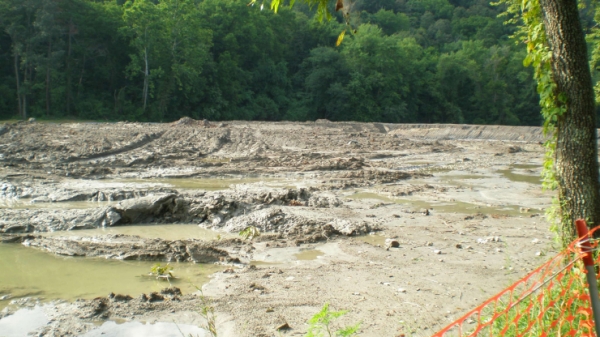Everyone knows that burning coal causes air pollution that is harmful to the climate and human health. But the ash left over can often be harmful as well.
For example, Duke Energy long stored a liquified form of coal ash in 36 large ponds across the Carolinas. That all changed in 2014, when a spill at its Dan River site released 27 million gallons of ash pond water into the local environment. The incident raised concerns about the dangers associated with even trace amounts of toxic elements like arsenic and selenium in the ash. Little was known, however, about just how much of these hazardous materials were present in the ash water or how easily they could contaminate the surrounding environment.
Fears of future spills and seepage caused Duke Energy to agree to pay $1.1 billion to decommission most of its coal ash ponds over the coming years. Meanwhile, researchers are working on better ways of putting the ash to use, such as recycling it to recover valuable rare earth elements or incorporating it into building materials such as concrete. But to put any potential solution into action, researchers still must know which sources of coal ash pose a hazardous risk due to its chemical makeup — a question that scientists still struggle to answer.
Read more at: Duke University
Leftover sludge from the 2008 coal ash spill at the Kingston TVA power plant. New research indicates that the nanoscale structure of the coal ash plays a large part in whether or not toxic chemicals can leach into the environment from such events. (Photo Credit: Duke University)


